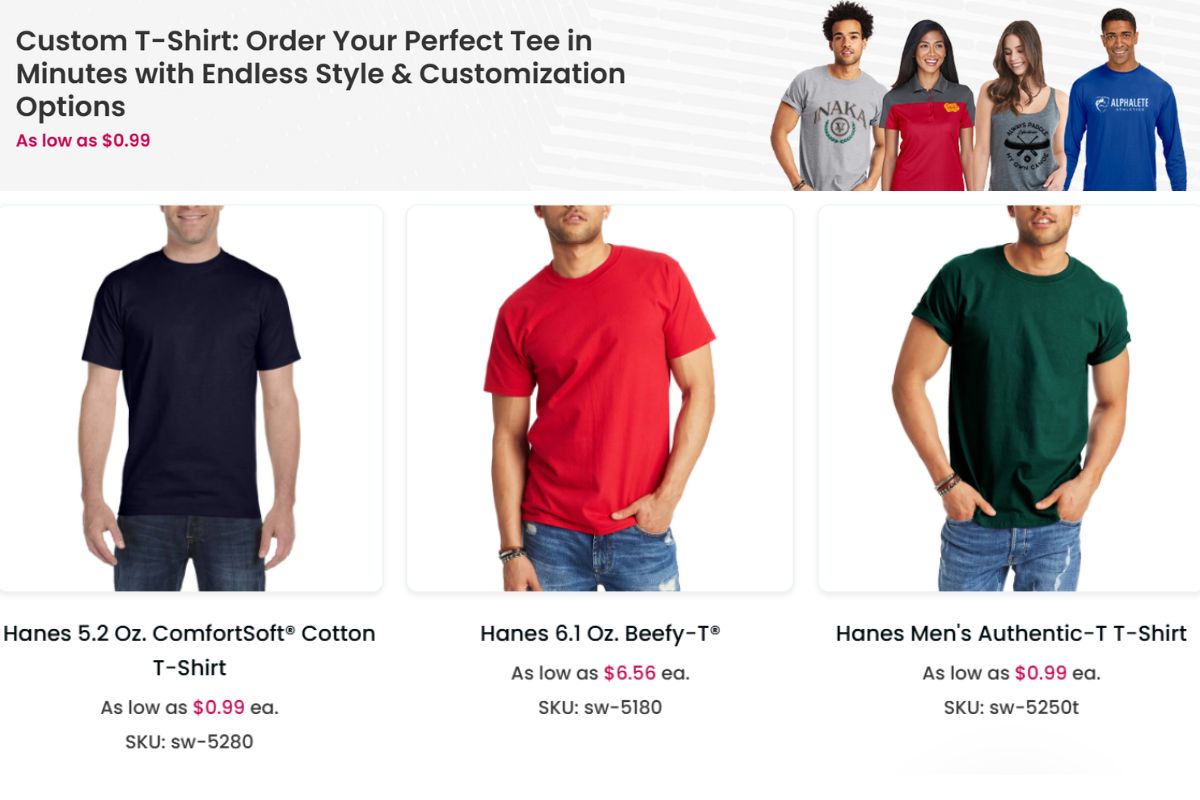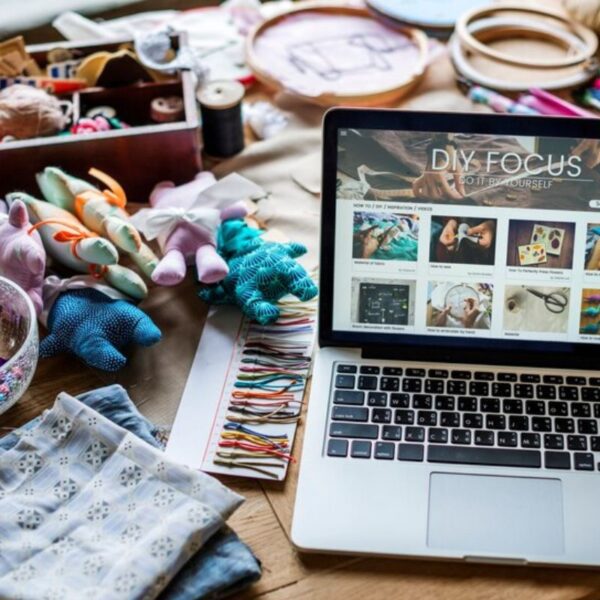Designing clothes can be an exciting journey that allows you to express your creativity.
To design clothes, you need to understand fashion trends, materials, and the essential steps that bring your ideas to life.
Whether you’re a beginner or looking to refine your skills, knowing the basics will set you on the right path.
Table of contents
- Understanding Fashion Design
- Essentials of Designing Clothes
- Technical Aspects of Clothing Design
- Personalized T-Shirt Design
- Adopting Print-on-Demand Services
- Custom Clothing and Apparel
- Optimizing Your Clothing Line
- Production and Fulfillment
- Frequently Asked Questions
- What tools are needed for beginners to start designing clothes?
- Can I design clothes online, and if so, which platforms are recommended?
- What is the process for creating digital clothing designs?
- Are there cost-effective ways to start a clothing line from scratch?
- What strategies can one employ to make a profit in the fashion design industry?
- How can someone self-learn fashion design effectively?
Start by exploring different styles and studying what makes a design appealing. Look at current trends, but also think about your unique voice in fashion.
Utilize resources like fashion schools or online tutorials to gain knowledge and practical skills. This foundation will help you in developing your own designs that reflect your personal style.
With determination and a passion for creativity, you can bring your ideas to fruition.
Embrace the process of sketching, choosing fabrics, and constructing garments. As you learn and practice, you’ll grow more confident in your abilities and discover what works best for you.
Understanding Fashion Design
Fashion design is a blend of creativity and practicality. You must consider several key elements when creating clothing.
Key Design Elements:
- Color: Choose colors that inspire your design and align with trends.
- Fabric: Select materials based on the look and feel you want.
- Shape: Create silhouettes that flatter the human form.
- Texture: Mix textures to add depth and interest to your designs.
Functionality is just as important as looks. Think about how the clothing will be worn. Will it be comfortable? Is it suitable for its intended purpose?
When designing, you should also keep in mind target audience and current trends.
Research what styles appeal to your audience. This helps in making designs that people want to wear.
Sketching ideas is a beneficial step in the process. It allows you to visualize concepts and refine your thoughts.
You can use both digital tools or traditional methods, based on what suits you best.
Finally, remember that fashion design is an ongoing learning journey. Trends change, and adapting is key to staying relevant in the industry.
Always seek inspiration from various sources and stay curious about the world of fashion. This way, your designs will continue to evolve and attract attention.
Essentials of Designing Clothes
| Step | Description |
|---|---|
| 1. Research & Inspiration | Gather ideas from fashion trends, history, nature, or personal experiences. Create a mood board. |
| 2. Define Your Style | Decide on a theme, aesthetic, or target audience for your clothing line. |
| 3. Sketch Designs | Draw rough sketches of your clothing concepts on paper or digitally. |
| 4. Choose Fabrics & Materials | Select the right fabrics, textures, and colors that match your vision. |
| 5. Create Technical Drawings | Develop detailed fashion flats (technical drawings) with precise measurements. |
| 6. Make a Prototype | Sew a sample garment (prototype) to test the design, fit, and functionality. |
| 7. Adjust & Finalize | Modify the design based on feedback and testing. Improve details before mass production. |
| 8. Production & Manufacturing | Choose a manufacturer or create pieces by hand if selling in small batches. |
| 9. Branding & Marketing | Develop a brand name, logo, and marketing strategy to sell your designs. |
| 10. Launch & Sell | Showcase your collection through fashion shows, online stores, or retail partnerships. |
To successfully design clothes, you need to understand color theory, fabric selection, and key drawing techniques. These elements help you create garments that are not only aesthetically pleasing but also functional.
Color Theory and Fabric Selection
Color plays a vital role in clothing design. Understanding color theory can help you choose the right palettes for your garments.
Refer to the color wheel to explore complementary, analogous, and triadic color schemes. This knowledge will help you create visual harmony.
Fabric selection is equally important. Different fabrics drape and move differently, impacting your final design.
Common fabric types include cotton, silk, and polyester. Here’s a quick table of fabric qualities:
| Fabric Type | Texture | Best For |
|---|---|---|
| Cotton | Soft | Casual wear |
| Silk | Luxurious | Evening wear |
| Polyester | Durable | Activewear |
Choose fabrics that align with your design vision while considering comfort and wearability.
Sketching and Illustration Techniques
Sketching is essential in turning your ideas into visual representations.
Start with simple shapes and gradually add details. You don’t need to be a master artist; a unique style can make your designs stand out.
Use tools like pencils, markers, and digital platforms to express your creativity.
Illustration techniques include croquis (fashion figure) and flat sketches. Croquis help showcase design, while flat sketches focus on technical details.
Practice different styles to enhance your skills. Remember to keep your sketches clear and precise to convey your vision effectively.
Technical Aspects of Clothing Design
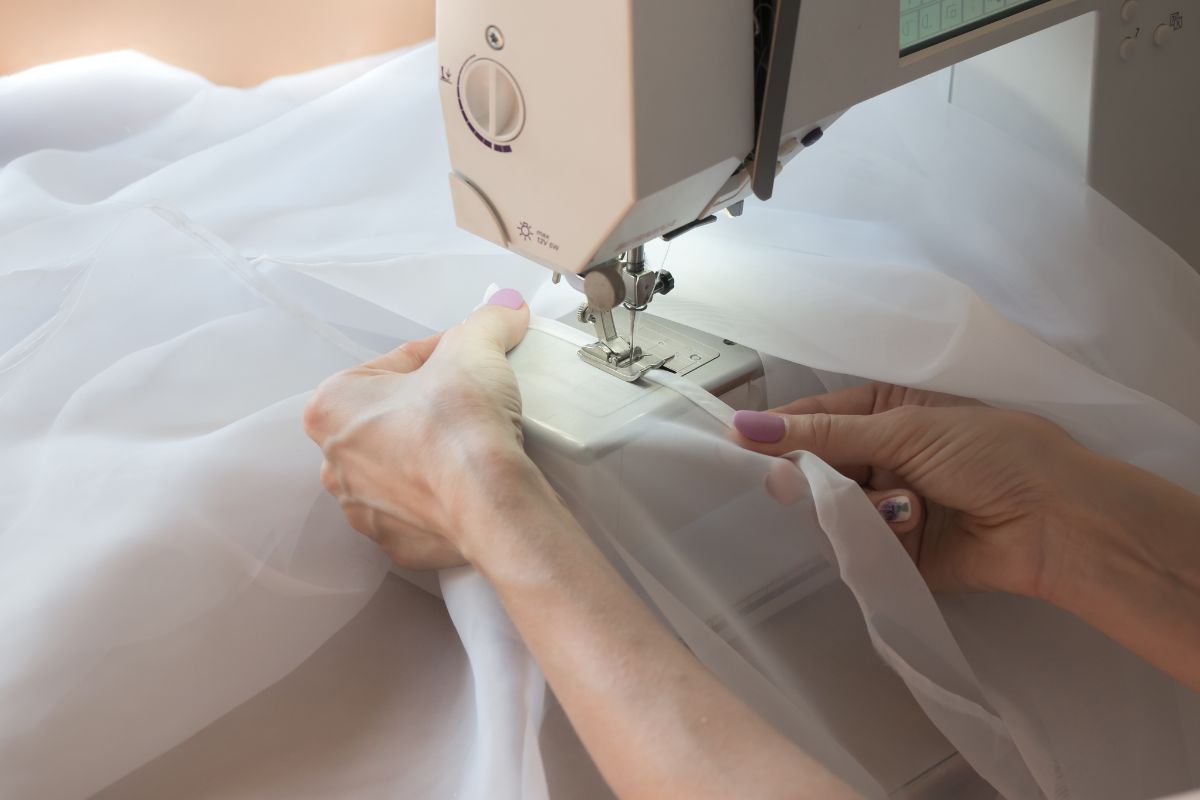
In clothing design, technical skills are vital for creating functional and stylish garments. This section will focus on important technical processes, including pattern making, sizing, prototyping, and material testing.
Pattern Making and Sizing
Pattern making is the foundation of clothing design. This process involves creating a template for each garment piece.
You start with measurements and create a pattern that translates those measurements into a 2D shape.
Key Steps:
- Collect accurate body measurements.
- Create a flat paper pattern for each piece.
- Test the fit with a basic muslin garment.
Sizing is equally important. Different sizes affect the garment’s look and fit. Use size charts to help standardize your patterns.
Ensure each size translates well during production, maintaining style and comfort.
Prototyping and Material Testing
Once the pattern is complete, create a prototype to see how it fits and looks. This first version allows you to identify mistakes early on.
Important Steps:
- Sew the prototype using inexpensive material.
- Assess the fit, style, and functionality.
- Make necessary adjustments to the pattern.
Material testing is also crucial. Different fabrics behave differently during wear and washing.
Test fabric durability, stretch, and colorfastness. This ensures your final design is not only beautiful but also practical and long-lasting.
By combining these technical aspects, you achieve a successful clothing design that is both stylish and functional.
Personalized T-Shirt Design
Designing a personalized T-shirt allows you to express your style and creativity. With various tools and techniques available, creating a unique shirt is accessible and enjoyable for everyone.
Introduction to T-Shirt Design
When you start designing, think about your theme or message. Whether it’s for an event, a gift, or just for fun, having a clear idea leads to a better design.
Consider elements like color, graphics, and text. You can choose from countless fonts and styles to make your message stand out.
Using custom graphics, like logos or images, adds a personal touch. Make sure your design is balanced and visually appealing.
A good design should connect with your audience. Think about who will wear it and what message you want to communicate. The goal is to create something memorable and eye-catching.
Using Online Design Tools
Online design tools make it easy to create your T-shirt. Platforms like Canva and Adobe Express offer user-friendly interfaces and templates to start your project.
To begin, select a template or choose a blank canvas. You can use the text tool to add your message.
Customize further by uploading your images or choosing from available graphics.
Make your design pop by experimenting with colors and placements. Use bold colors for visibility and to grab attention.
Once you are satisfied, you can order your custom T-shirt directly through the platform. Many services provide free shipping, making it convenient to receive your creation at home.
Adopting Print-on-Demand Services
| Print-on-Demand Service | Key Features | Best For | Customization Options | Pricing & Profit Margins |
|---|---|---|---|---|
| SwagifyPOD | High-quality printing, fast fulfillment, U.S.-based production, seamless integrations | Entrepreneurs, brands, and influencers | T-shirts, hoodies, sweatpants, accessories | Competitive pricing with good profit margins |
| Printful | Global shipping, no minimum orders, high-quality products | Creators and small businesses | Wide range including clothing, mugs, and home decor | Higher base prices, reducing profit margins |
| Printify | Multiple print providers, large product catalog, competitive pricing | High-volume sellers | Apparel, accessories, and more | Low prices, high-profit potential |
| TeeSpring (Spring) | No upfront costs, built-in marketplace, good for social media creators | YouTubers and influencers | Limited apparel and accessories | Medium profit margins, good for passive sales |
| Redbubble | Built-in marketplace, no store setup needed | Artists and designers | Limited apparel options, mostly graphic tees | Lower profits due to marketplace fees |
| TeePublic | Large marketplace, artist-friendly | Independent designers | T-shirts, hoodies, and accessories | Lower base prices but competitive profits |
| AOP+ | UK-based, all-over printing, unique printing methods | Fashion designers | All-over prints, seamless patterns | Higher production costs but unique designs |
Using print-on-demand (POD) services can simplify the process of designing and selling your clothing. These services allow you to create custom apparel without the need for large upfront investments or inventory.
Navigating Print-on-Demand Options
When choosing a print-on-demand service, consider factors like product selection, print quality, and shipping options.
Common POD providers include:
- Printify
- Teelaunch
- Apliiq
Each service has unique features and products. For instance, Teelaunch focuses on clothing and offers a variety of sizes and styles, including options for youth and babies. You can create designs and order prints easily through their platforms.
Free shipping and worldwide shipping options may vary by provider. Look for services that offer these options to expand your customer base.
Evaluate costs and potential profit margins to find the best fit for your business model.
Integrating with Ecommerce Platforms
To sell your designs, you’ll want to integrate your print-on-demand service with popular ecommerce platforms.
Many POD services work seamlessly with Shopify, Etsy, and WooCommerce.
Here are key steps for integration:
- Sign Up: Create an account with your chosen POD provider. This is typically quick and free.
- Connect: Link your store to the POD service. This allows automatic order fulfillment.
- Design: Upload your designs and set product options, like apparel types and colors.
Make sure to set up proper payment methods for smooth transactions. With effective integration, orders will be printed and shipped directly to your customers, saving you time and effort.
Custom Clothing and Apparel
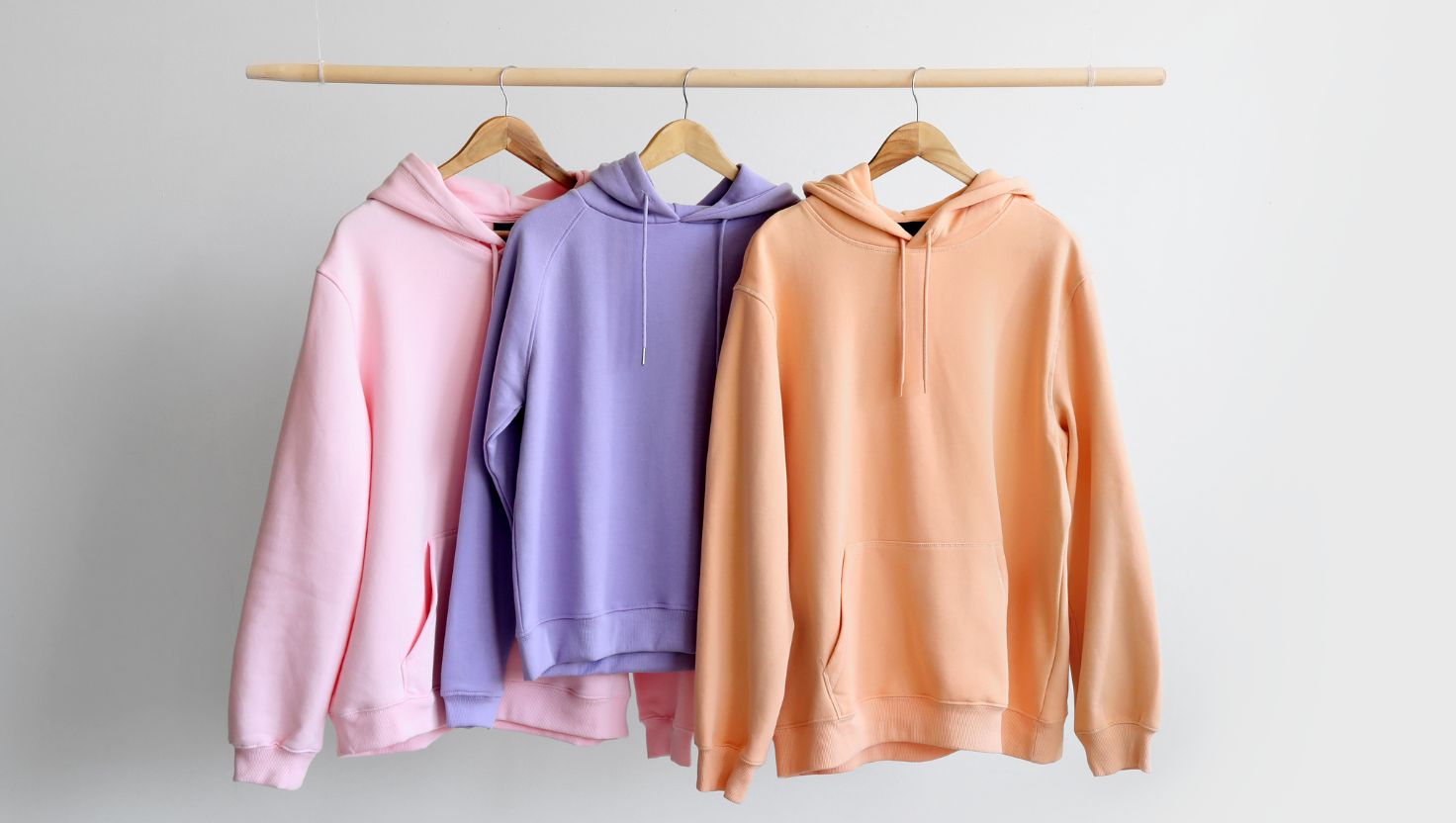
Designing custom clothing allows you to express your unique style. By focusing on specific items, like hoodies, and utilizing labels and embroidery, you can create standout pieces that represent your personality.
Creating Custom Hoodies and More
Custom hoodies are popular for their comfort and versatility. You can design hoodies using various materials and styles, including pullover or zip-up options.
Start by selecting a base color that reflects your style.
Use online platforms that offer design tools. These tools help you add unique graphics, images, or text. For example, you might use your favorite quote or a logo.
When choosing a printer, consider options like direct-to-garment or sublimation. Each method affects the final look and feel of your hoodies.
Ensure that the printing method works well with your chosen fabric to achieve the best results.
Adding Labels and Embroidery
Labels and embroidery can enhance your custom clothing. Adding a label gives a professional touch and can include your brand name or logo.
You can sew labels on the inside or outside of the garment for visibility.
Embroidery adds a unique texture and can showcase smaller, detailed images. This technique is ideal for logos or initials.
Choose thread colors that complement your hoodie design for a cohesive look.
When planning your embroidery, think about placement. Popular spots include the chest, sleeve, or back. This customization takes your apparel to the next level.
Optimizing Your Clothing Line
| Category | Optimization Strategies | Why It Matters? |
|---|---|---|
| Branding | Create a unique brand identity, logo, and tagline. | Builds customer loyalty and recognition. |
| Target Audience | Research demographics, preferences, and trends. | Helps design products that attract the right customers. |
| Design & Quality | Use high-quality materials and unique prints. | Ensures repeat customers and positive reviews. |
| Pricing Strategy | Competitive pricing with premium options. | Maximizes profits while staying affordable. |
| Product Variety | Offer t-shirts, hoodies, joggers, and accessories. | Appeals to a wider audience. |
| E-commerce Store | Optimize your website for mobile, speed, and easy navigation. | Improves conversion rates and user experience. |
| SEO & Keywords | Use keywords like “custom t-shirts” and “trendy hoodies.” | Increases search visibility and organic traffic. |
| Social Media Marketing | Run Instagram, TikTok, and Facebook ads. | Engages customers and drives traffic. |
| Influencer Collaborations | Partner with niche influencers and YouTubers. | Boosts brand credibility and expands reach. |
| Limited Edition Drops | Launch exclusive, time-limited collections. | Creates urgency and drives sales. |
| Customer Reviews & Feedback | Encourage customer reviews and testimonials. | Builds trust and improves products based on feedback. |
| Sustainable Practices | Use eco-friendly materials and ethical production. | Appeals to conscious buyers and strengthens brand value. |
Creating a successful clothing line involves careful planning in pricing and establishing a strong market presence.
Pricing Strategy and Brand Positioning
Setting the right price for your clothing is crucial. Consider factors such as production costs, competitor prices, and your target market’s willingness to pay.
- Research Competitors: Check similar brands to find a competitive price range.
- Cost Breakdown: Calculate the total costs of materials and labor.
A good pricing strategy aligns with your brand positioning.
If you offer custom apparel or personalized t-shirts, highlight the uniqueness of your products to justify higher prices.
Balance quality and affordability to attract your audience.
Marketing and Online Presence
Building a strong online presence helps you reach a wider audience effectively.
Use social media platforms to showcase your custom t-shirts and design process.
- Engage with Followers: Post regularly to cultivate community engagement.
- Showcase Products: Use high-quality images and videos of your designs.
Consider using ecommerce platforms to sell your products. This allows you to manage t-shirt printing and orders efficiently.
Collaborate with influencers in your niche to boost visibility. Tailor your marketing efforts to resonate with your ideal customers, enhancing your reach and brand awareness.
Production and Fulfillment
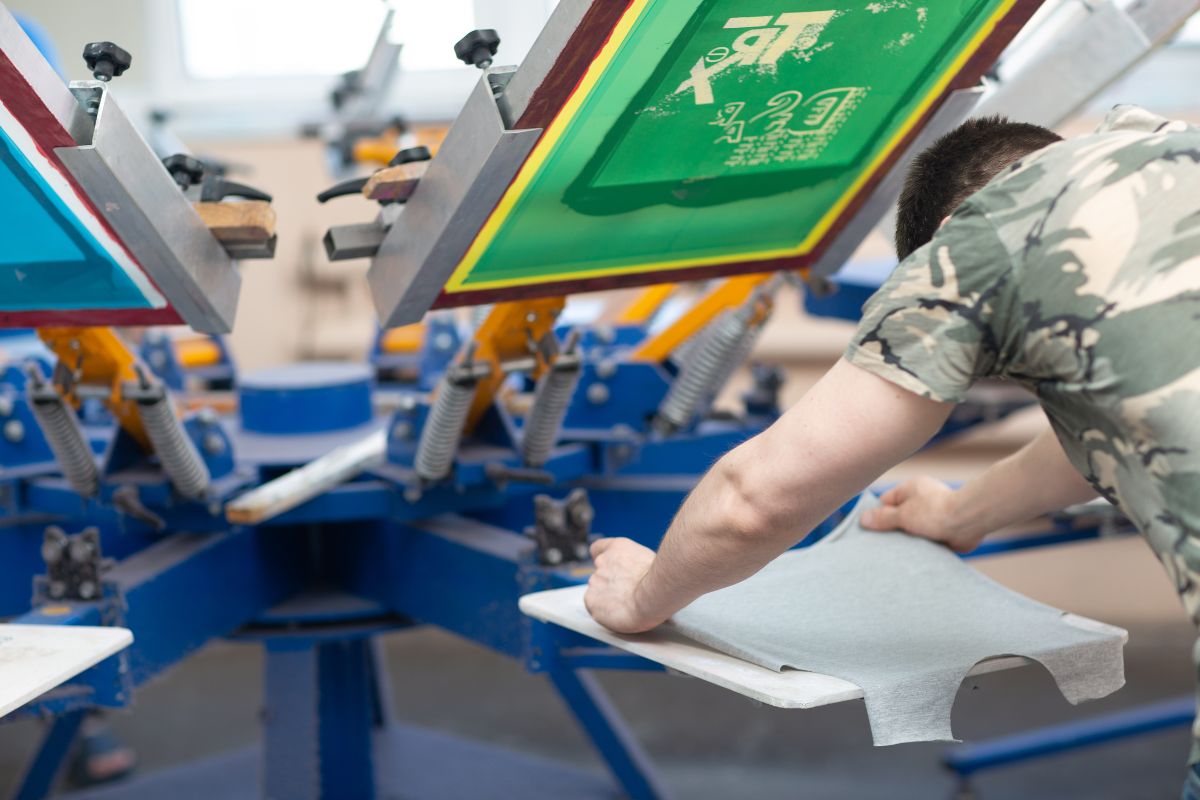
Efficient production and fulfillment are vital to the success of your clothing line. You need to set up manufacturing processes and develop an effective shipping strategy to meet customer expectations.
Setting Up Manufacturing
Begin by selecting the right manufacturer for your clothing line. Consider factors like quality, reliability, and communication before making your choice.
Create tech packs that include designs, materials, and sizes to ensure clarity.
Once you’ve chosen a manufacturer, order samples to confirm that the quality meets your standards.
Establish a timeline for production. This will help you plan your launch and avoid delays. Be aware of minimum order quantities (MOQs), as many factories require a specific amount to start production.
Lastly, build strong relationships with your manufacturers. Frequent communication can help address issues quickly and foster a smoother production process.
Handling Shipping and Customer Service
Choose a reliable shipping partner that offers free shipping or discounts for bulk orders. This can enhance customer satisfaction and encourage repeat purchases.
Ensure they provide worldwide shipping options to reach a broader audience.
Implement an efficient tracking system so your customers can monitor their orders.
Provide clear shipping timelines to manage expectations.
Customer service is crucial. Be prepared to handle inquiries about shipping and address any issues promptly.
Consider setting up an FAQ section to answer common questions. Efficient order processing and strong customer service will help build trust and loyalty.
Frequently Asked Questions
This section answers common questions about starting your journey in clothing design. You will find information about essential tools, online design options, and strategies for creating and selling your designs effectively.
What tools are needed for beginners to start designing clothes?
For beginners, basic tools include sketchbooks, pencils, and fabric swatches. You may also want to invest in a sewing machine for practical experimentation.
Software like Adobe Illustrator or CorelDRAW can also be helpful for creating digital designs.
Can I design clothes online, and if so, which platforms are recommended?
Yes, you can design clothes online. Recommended platforms include Canva for simple graphics, Adobe Illustrator for professional designs, and platforms like Printful or Teespring to create and sell your designs.
These tools provide user-friendly interfaces and various templates to get you started.
What is the process for creating digital clothing designs?
The process begins with brainstorming your ideas and sketching initial concepts. Next, you select colors, fabrics, and patterns.
Once you finalize the design, you can create a digital version using design software, ensuring all details and measurements are accurate.
Are there cost-effective ways to start a clothing line from scratch?
You can start a clothing line on a budget by focusing on small collections or limited runs first. Consider using print-on-demand services to eliminate upfront inventory costs.
Networking with local seamstresses or sourcing affordable fabric can help keep expenses low.
What strategies can one employ to make a profit in the fashion design industry?
To make a profit, focus on building a strong brand and marketing your designs effectively.
Use social media to showcase your work and engage with your audience.
Additionally, consider creating a niche market or offering unique, custom pieces that stand out from competitors.
How can someone self-learn fashion design effectively?
Self-learning fashion design can be achieved through online courses, instructional videos, and books focused on design principles.
Joining online forums or local communities will allow you to connect with other designers and gain feedback on your work.
Regular practice and experimentation are key to improving your skills.


